Our picks for books, videos, websites, and other social justice resources — Fall 2020
***
Curriculum
Guide for Racial Justice & Abolitionist Social and Emotional Learning
(Abolitionist Teaching Network, 2020)
bit.ly/2DUWg0E
12 pp.
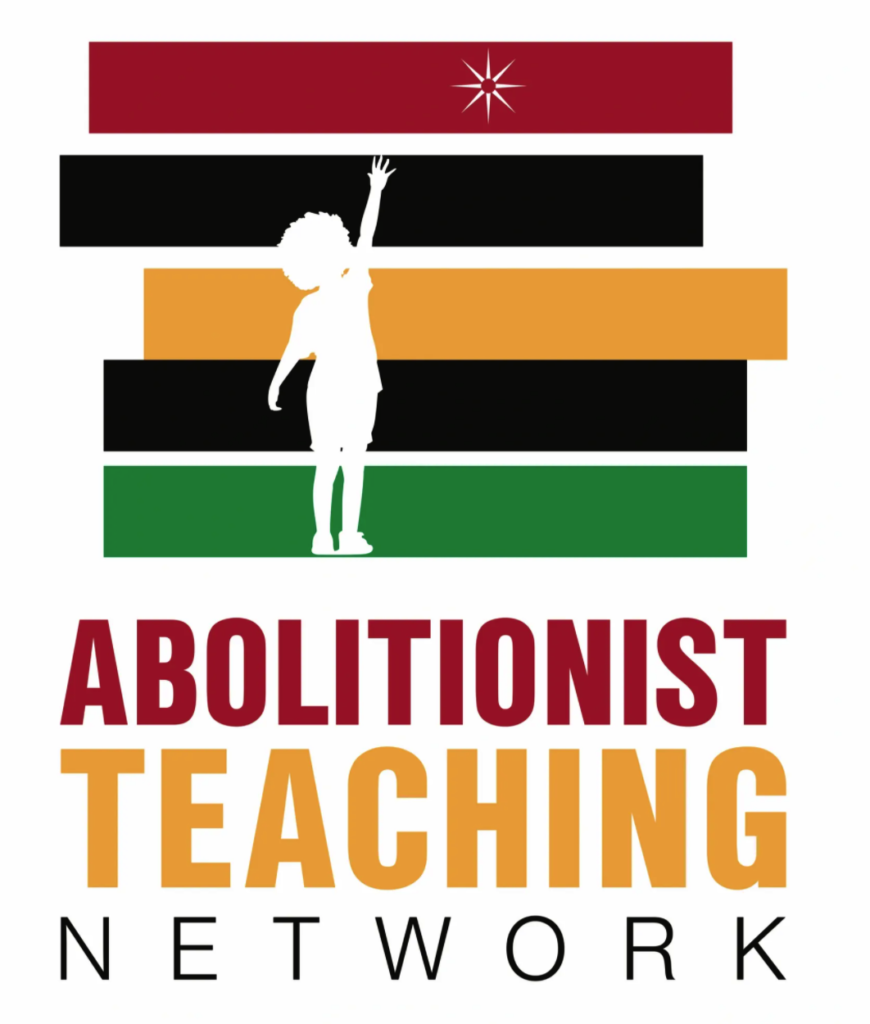
This online Guide for Racial Justice & Abolitionist Social and Emotional Learning is a compact treasury of wisdom about how schools and teaching need to be transformed — and also a warning about how, in the words of Cierra Kaler-Jones, “SEL [Social and Emotional Learning] can be a covert form of policing used to punish, criminalize, and control Black, Brown, and Indigenous children and communities to adhere to White norms.” The guide is a collection of principles, demands, questions, and further resources to inform our work in schools. Demands around discipline include provocative questions and prompts that could be used to guide faculty meetings — for example, “Address how policing practices show up in our own work, even when police are not present in our schools.” The guide offers questions that abolitionist teachers can raise with students to build relationships: “What can you tell me that helps me better understand you as a person?” Other questions are for teachers to ask of administrators: “How will we implement anti-racist curriculum that centers the beauty, joy, and resiliency of Black, Brown, and Indigenous people? How will we also learn and teach about the African diaspora?”
***
Picture Books
William Still and His Freedom Stories: The Father of the Underground Railroad
Written and illustrated by Don Tate
(Peachtree Publishing, 2020)
40 pp.
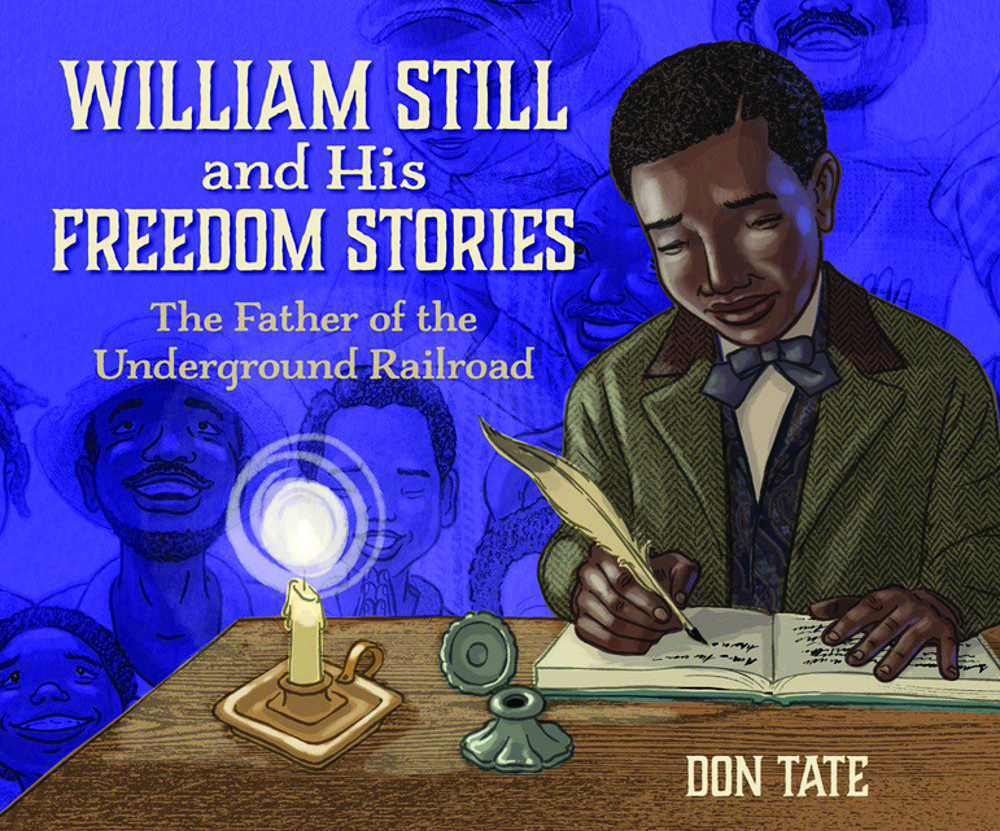
Until author and illustrator Don Tate learned about William Still from a dictionary of Black Americans, the only name he knew of a Black conductor on the Underground Railroad was Harriet Tubman. Determined to make sure future generations are not limited to the single hero, he wrote about William Still, who himself was a chronicler of history. Still was from a family who had escaped slavery, tragically having to leave two children behind. Still devoted much of his life to writing the stories of people who escaped slavery in an effort to help reunite them with loved ones. One of the people who came to Still’s office in Philadelphia to share his story was his older brother Peter. As a result, Peter and his mother reunited after 42 years. Still’s careful documentation is used by researchers today. Tate’s book can introduce young readers to the horrors of slavery and the strategies used by African Americans to escape and to reconnect with family.
Black Is a Rainbow Color
Written by Angela Joy
Illustrated by Ekua Holmes
(Roaring Brook Press, 2020)
40 pp.
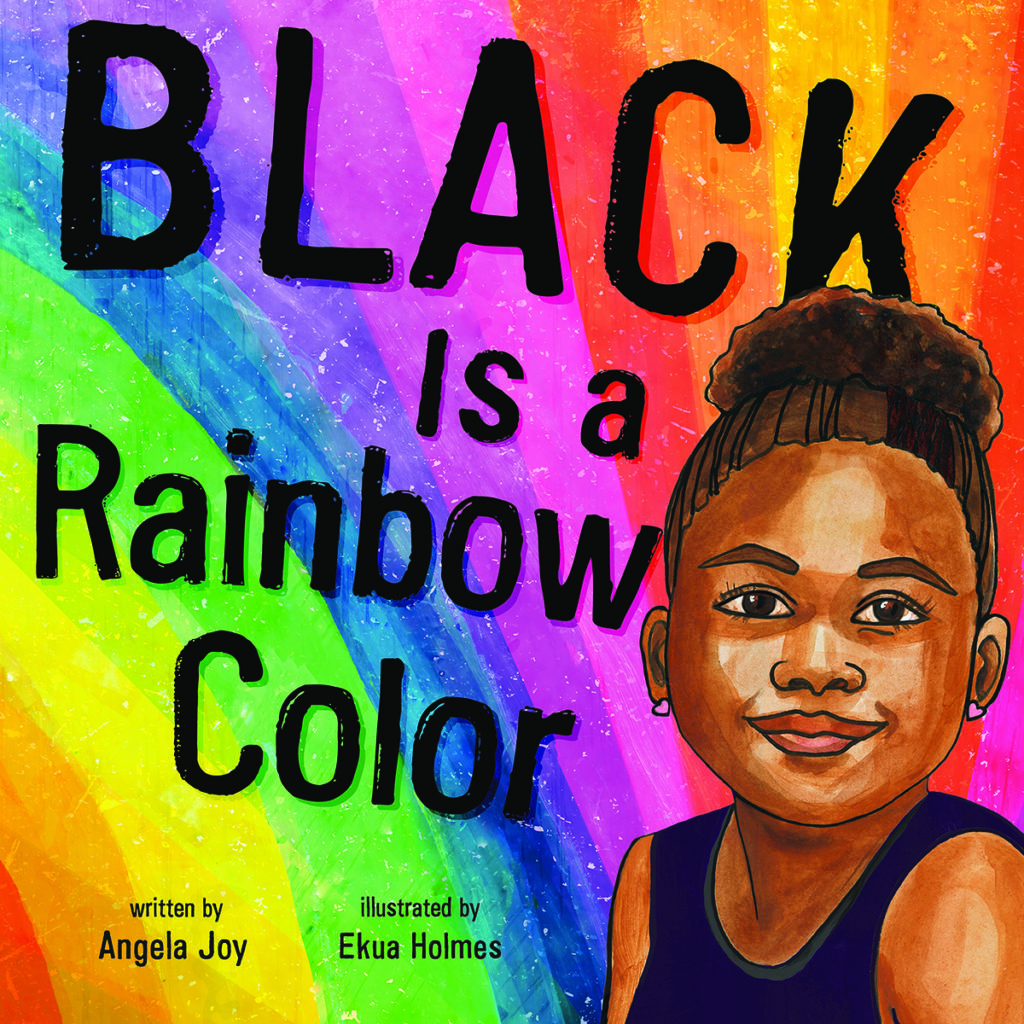
A tightly woven celebration of Black — identity, history, culture, struggle, activism — this child-narrated “Black is” poem is both accessible and complex. The extensive back matter includes a song list, background for many of the poem’s line references, a timeline of Black ethnonyms, and the full text of poems by Langston Hughes and Paul Laurence Dunbar, offering context to lines such as “Black are the birds in cages that sing—.” Ekua Holmes’ gorgeous illustrations add rich layers to the text; for example, the lines “Black are the stones bearing witness to prayer. / Black is the faith in a freedom not seen” are accompanied by beautiful stained glass mosaics of Mamie Till-Mobley, Ella Baker, Marian Wright Edelman, and Fannie Lou Hamer.
***
Fiction
Ways to Make Sunshine
By Renée Watson
(Bloomsbury, 2020)
192 pp.
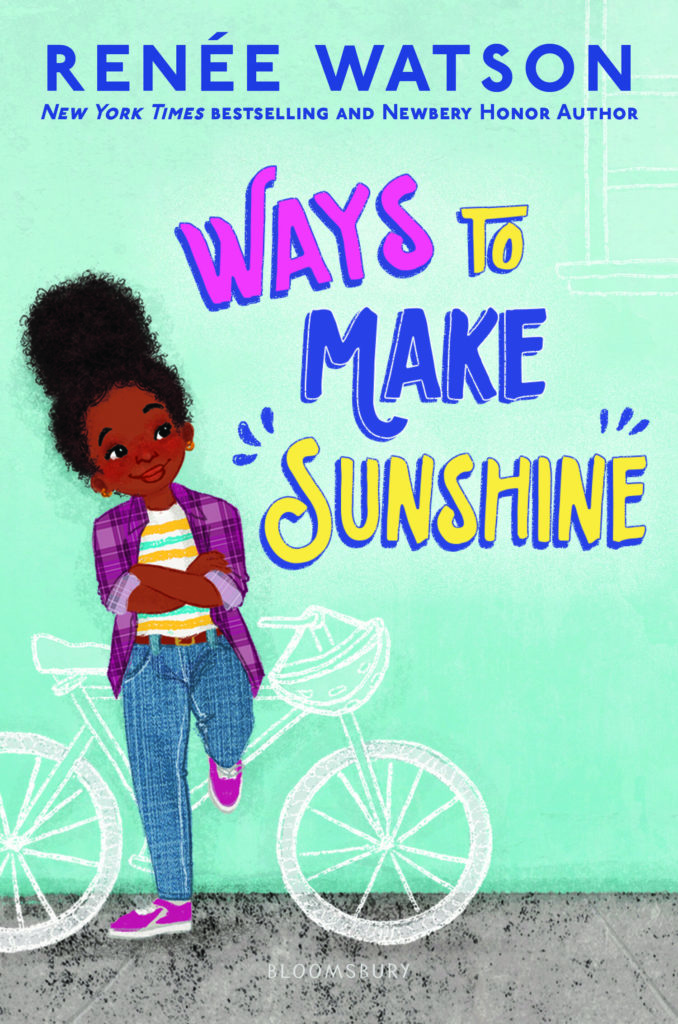
Newbery Honor and Coretta Scott King Award-winning author Renée Watson’s new novel, Ways to Make Sunshine, is the first book in a series about 4th grader Ryan Hart, whose character was inspired by Beverly Cleary’s Ramona series, also set in Portland, Oregon.
Watson’s book is a loving portrayal of a Black family, forced to move to a smaller home when Ryan’s father loses his job after the post office in their neighborhood closes. Watson skillfully demonstrates the economic changes and challenges that the job loss creates: “No more name-brand food, or clothes, or soap, or lotion. Everything we buy is on sale and now grocery shopping takes a long, long time because instead of going to one store, we shop at two or three depending on what Mom has a coupon for.” And although Ryan definitely demonstrates sibling rivalry and 4th-grade problematic friendships, Watson also shows characters learning, growing, and changing.
Ways to Make Sunshine testifies to the strength, resistance, and joy of Black families. Watson invites readers inside Black churches and Black homes, and ceremonies — including the loving Easter ritual of Grandma pressing Ryan’s hair. In so many books featuring Black characters, the plot focuses on pain, struggle, and racism. Here, Watson shows the ordinary beauty of growing up Black in a community that recognizes your strengths and talents.
The Voting Booth
By Brandy Colbert
(Disney-Hyperion, 2020)
304 pp.
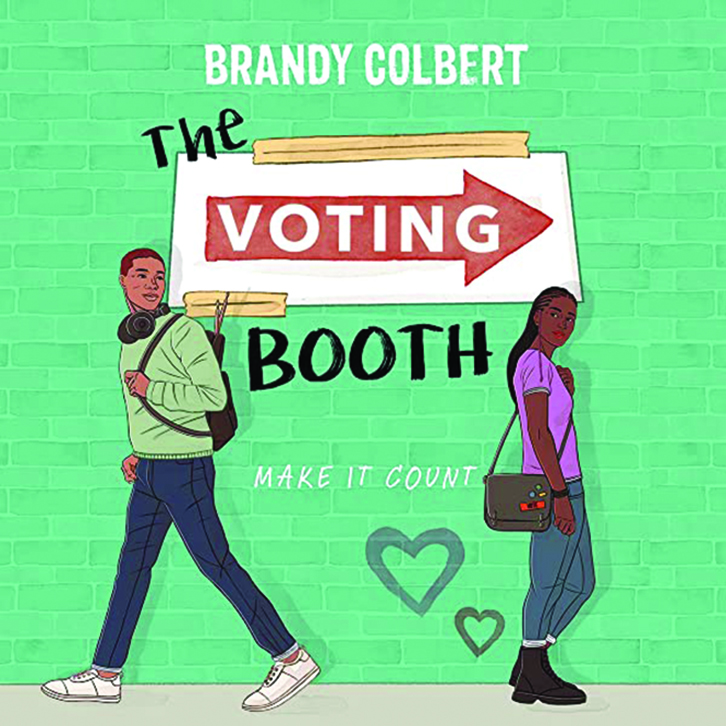
This novel for ages 12+ lives up to its dedication to Fannie Lou Hamer. Two storylines sweep readers along — one about contemporary challenges of voting on election day and the other a budding love story. High school student protagonist Marva Sheridan has been a voting rights activist all her life. She is well versed in the history of the Civil Rights Movement, even naming her cat Selma. The story begins on the morning of the first election when Marva is old enough to vote herself. At the polling place, she intervenes when another student, Duke, is being turned away. The two end up skipping school to pursue not only Duke’s right to vote, but in the process to also organize to get other people to the polls. This is a wonderful introduction to a myriad of voter suppression tactics and the importance of everyone (including high school students) playing a role in defending voting rights. Author Brandy Colbert is committed to people’s history, having also collaborated with Jeanne Theoharis on the forthcoming young readers’ version of The Rebellious Life of Mrs. Rosa Parks.
Take the Mic: Fictional Stories of Everyday Resistance
Edited by Bethany C. Morrow
(Arthur A. Levine Books, 2019)
272 pp.
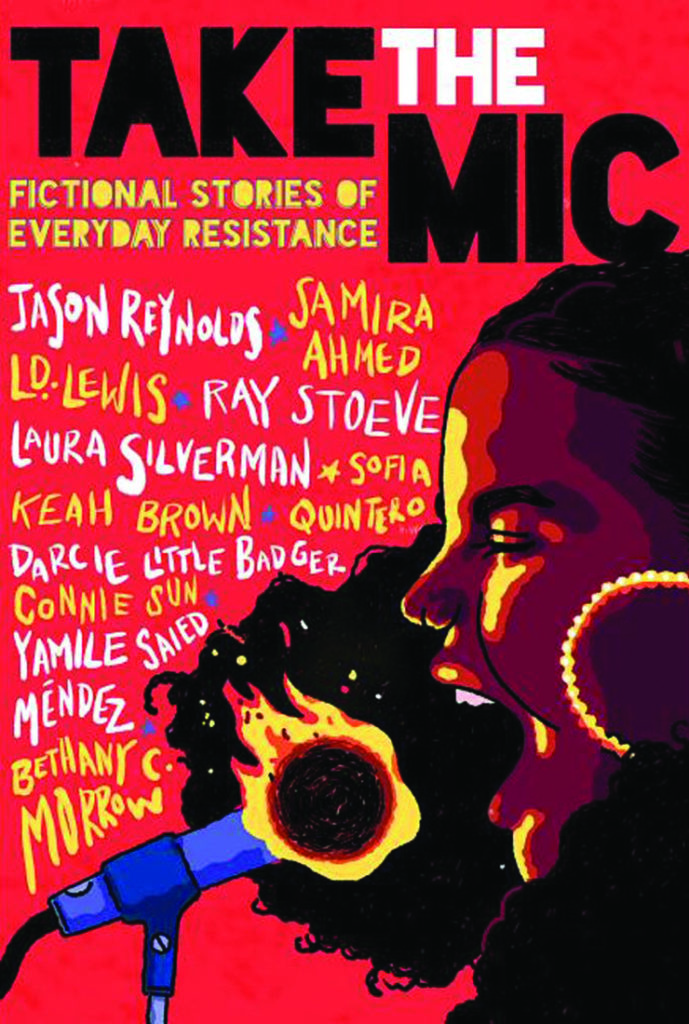
Take the Mic is a brilliant anthology of short stories, poetry, and comics aimed at middle and high school students. In the introduction, Bethany Morrow writes, “I won’t try to dissuade a young activist from taking to the street in organized resistance, but I also won’t ever tell a marginalized kid that they aren’t resisting, that they aren’t struggling, that their continuing on isn’t enough.” This collection demonstrates teenagers’ daily resistance against racism, homophobia, and sexism that won’t get covered in the media, but that allows young people to gather strength in their own efficacy to stand up. Darcie Little Badger’s story, “Grace,” for example, pushed back against an unwanted kiss and the aftermath of a sulky boy’s revenge. In “Parker Outside the Box,” Ray Stoeve explores how a nonbinary trans student learns to speak out for gender neutral bathrooms, but also learns to talk back to a straight ally who takes over the Queer Alliance without consulting her LGBTQ friends. The book illuminates the everyday struggles students face in their families and with their classmates. It should find a home in classrooms across the country.
***
Music
Songs of Our Native Daughters
Rhiannon Giddens, Amythyst Kiah, Leyla McCalla, and Allison Russell
(Smithsonian Folkways Recordings, 2019)
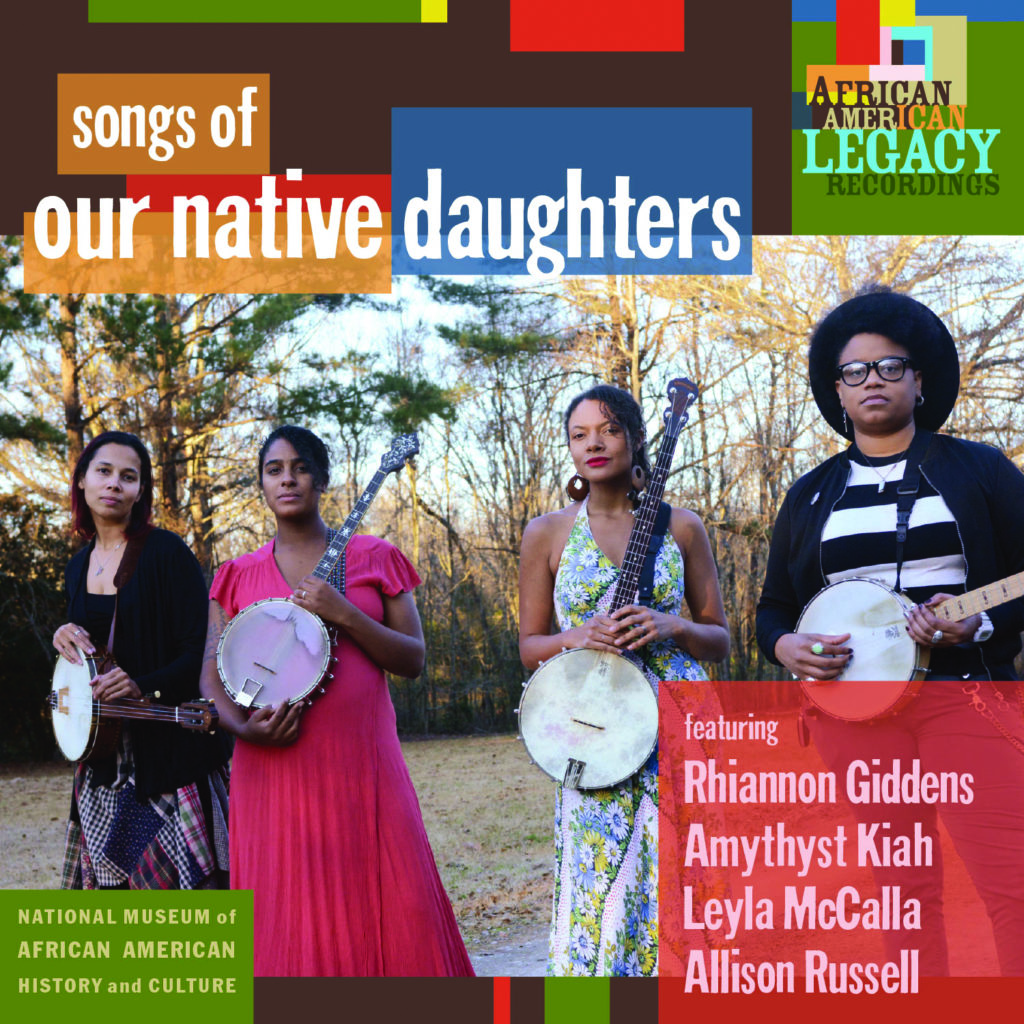
What happens when four accomplished Black women musicians join together to collaborate on songs about race, gender, violence, resistance, and history? Says one of those collaborators, Grammy Award-winning singer/musician Rhiannon Giddens: “It felt like there were things we had been waiting to say our whole lives in our art, and to be able to say them in the presence of our sisters-in-song was sweet indeed.”
“Mama’s Cryin’ Long” is a song from a child’s perspective about the rape of her enslaved mother by the “boss’s man,” her mother’s stabbing of her rapist, and the mother’s subsequent lynching. But as one reviewer describes, the song “suggests resilience through horror.” For a moving, classroom-friendly video that tells the genesis of that song, google “Making of ‘Mama’s Cryin’ Long.’” “Moon Meets the Sun” is gorgeously defiant: “You put the shackles on our feet / But we’re dancing / You steal our very tongue / But we’re dancing / . . . You steal our work for your profit / But we’re dancing / . . . When the day is done / The moon meets the sun / We’ll be dancing.” The 13 songs on this album can prompt poems, songs, research, discussion — and joy.
Reviewed by Bill Bigelow, Deborah Menkart, Linda Christensen, and Elizabeth Barbian.
